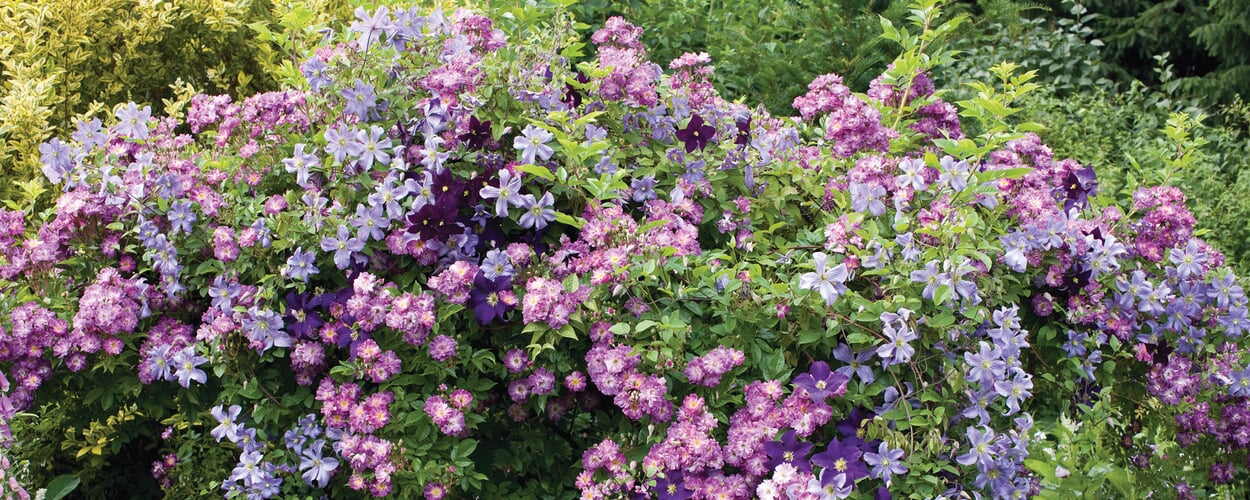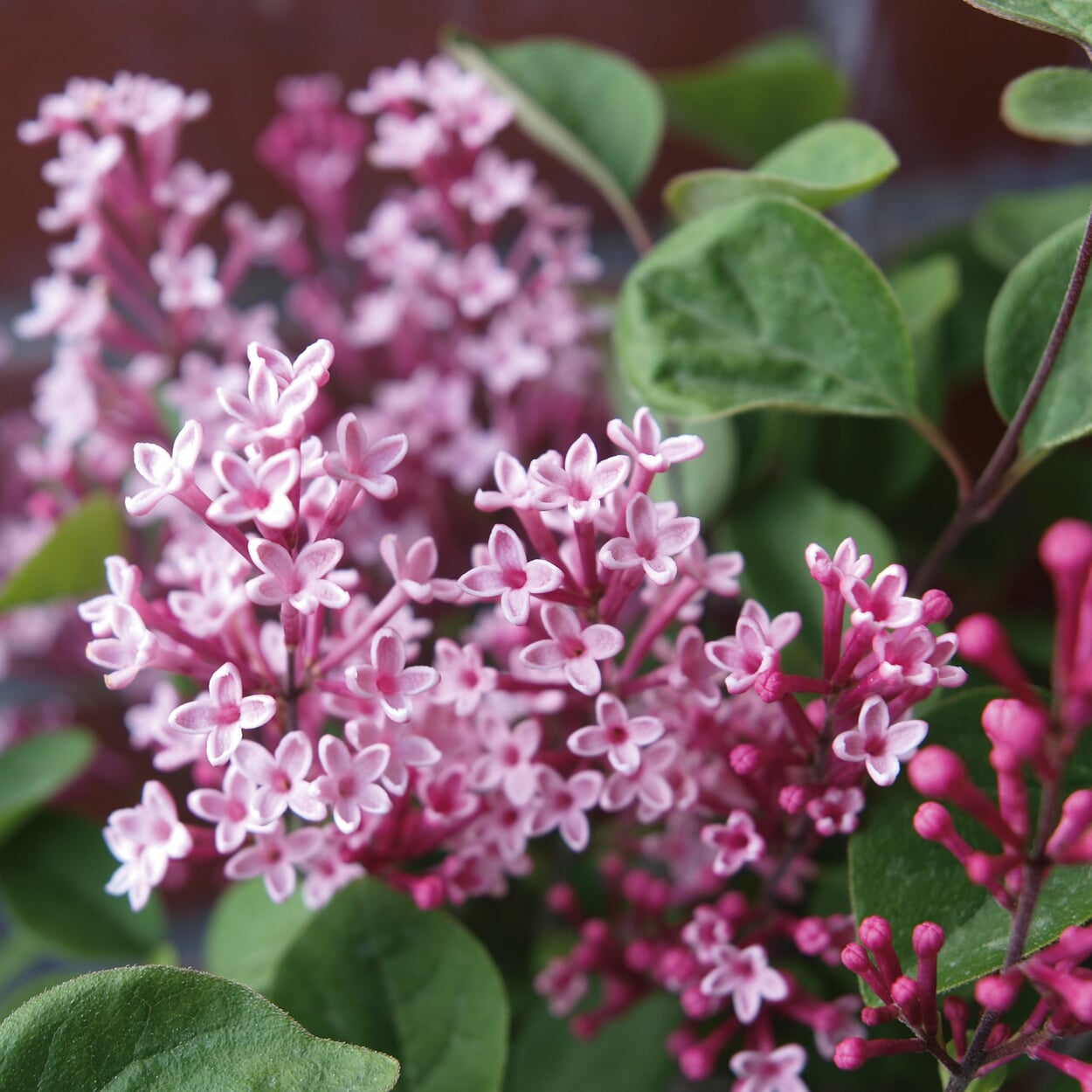Helpful tips
Flowering ornamental shrubs. 12 tips on selection, location and care
Many woody plants are quite unpretentious and give color and joy rather than quickly grow over the head of the garden owner. When choosing suitable plants, pay attention to good quality, the age of the plants, as well as the number of their shoots. When planting, it is important to choose the right location and well-prepared soil. We have put together a few tips and tricks to help you celebrate a blossom festival from spring to fall.
- When selecting woody plants, you should go for robust plants and wild species. They are less susceptible to plant diseases and, in addition, rare wild woody plants give your garden a special flair.
- A mixed planting of flowering woody plants ensures that you can enjoy abundant blossoms all year round. Variety does the trick and naturally balances beneficial insects and pests. In winter, think about suitable nesting and sheltering opportunities. Some wild bees like to overwinter in pithy plant stems or lay their brood cells there.
- Choose a location in the garden that meets the requirements of the respective woody plant, so pay attention to soil type and condition as well as suitable light conditions. It is also important that the plants can develop according to their growth form. A mixed flower hedge, for example, needs at least two meters of space in width.
- Prefer to plant the plants under overcast skies and in no case in strong sunlight, otherwise there is a risk that the woody plants will wilt before they have formed sufficient roots and can take care of themselves.
- When planting the woody plants, you should completely avoid fertilizer or fresh manure. This would only unnecessarily inhibit root development. Better depending on the soil conditions and plant well rotted compost or stone meal mix and then thoroughly watered.
- In subsequent years, also refrain from agrochemical products and rather reach for organic fertilizers such as primary rock flour, algaenextrakt, natural fertilizer from horse manure or special woody plant fertilizers. And use natural pesticides so as not to disturb the natural balance.
- Place flowering woody plants near or directly on a patio or balcony, and you can already enjoy the color and fragrance from here. Planted in the front yard, they can be a good privacy screen or greet walkers and visitors.
- Keyword garden architecture: make sure you have a balanced ratio of tall and low plants as well as the right height staggering: low plants to the front and tall ones to the back. Set thematic focal points rather than wildly cluttering the woody plants.
- If you let the woody plants grow freely rather than within a shaped hedge, you won't have to prune the shrubs as often. Also, many clematis varieties tend to need less maintenance. Wild species such as alpine or anemone woodland vine do not need to be pruned at all, or only if the growth height is to be reduced or the flowering has diminished. Pruning is done after flowering.
- For most woody plants, autumn and winter are the ideal time to prune and thin them out. Major pruning is prohibited from March to September because of the breeding and nesting season of garden birds. However, you may perform gentle maintenance pruning when necessary, such as to remove growth or to remove diseased, dead plant parts.
11 If you have planted summer-flowering woody plants, they usually need more pruning than spring-flowering plants. A radical pruning of these woody plants here ensures a dynamic growth and, especially with summer-flowering woody plants such as the hanging buddleia, also a dense flush of flowers. - Last but not least: Make sure that your garden tools are in top shape. Sharp garden shears and pruning saws make the job much easier and do not cause damage to the plants. Also remember to clean your tools regularly so that you do not spread any diseases to other plants. Ornamental and wild shrubs are the icing on the cake for any garden. No matter which plants you are passionate about, give your green oasis your own personal touch and help it literally blossom.
Put flowering woody plants near or directly on the terrace and balcony, and you can enjoy the color and fragrance already from here.
If you let the shrubs grow freely, you will not have to prune them so often. Also, many varieties of clematis require rather less care.
For most woody plants, fall and winter are the ideal time to cut them back and thin them out







